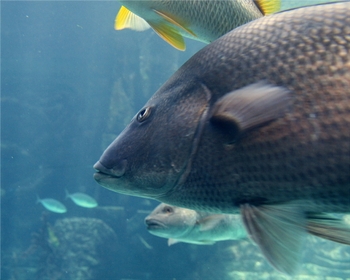

An aquarium can provide an air of natural beauty to your home but requires some work to maintain. For instance, an avid hobbyist will need to consistently keep an eye on algae growth and water filter changes to keep the tank clean and the aquatic environment healthy.
Of all the aspects of aquarium care however, none can be more essential than watching the fluctuations of the nitrogen cycle. Not understanding this all important process can very likely end up costing you dearly, as you could lose all of the life in your tank.
The nitrogen cycle in a tank follows a basic pattern that has to be watched and controlled. The most critical phase is when the fish are first introduced to the tank. Fish immediately begin introducing waste and urine, which upsets the PH and ammonia balance. Once unionized Ammonia (NH3) reaches a certain level the fish could die. Harmful levels are at their highest around the third day.
The second stage occurs when a bacterium called Nitrosomonas bacteria oxidizes the ammonia and eliminates it but also produces a by-product called nitrite, which can be toxic to your pets. This occurs about a week after placing fish in the tank and can be deadly.
The final stage occurs some weeks after when Nitrobacter bacteria converts harmful nitrites into nitrates, which are not harmful in low or moderate levels.
The trick to keeping your fish safe? Check the ammonia levels three days after adding your fish and the nitrate levels in about a week. Routine monthly testing for ammonia and nitrites as well as regular partial water changes will help keep levels in check and safeguard your fish so they lead long, happy and healthy lives.